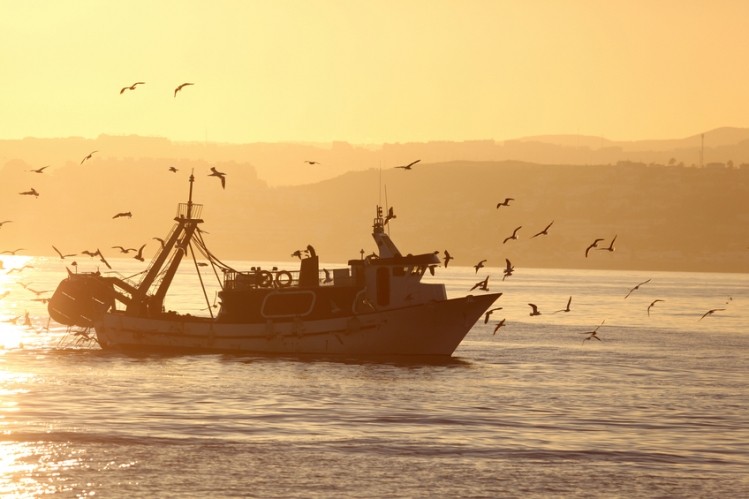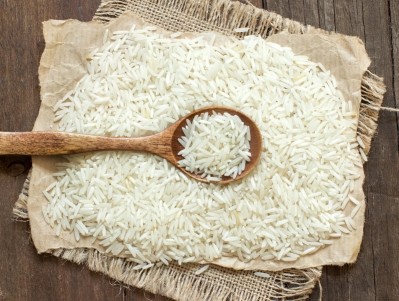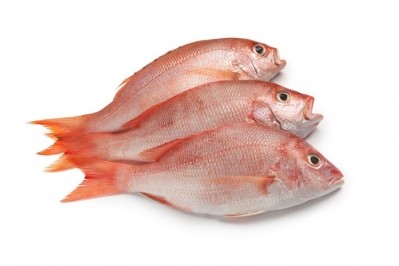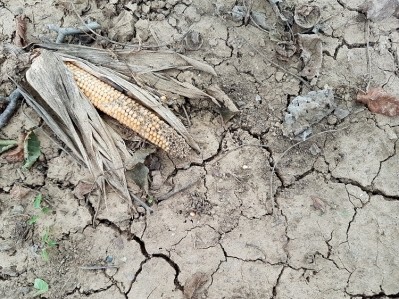SALT: Removing the 'veil of unlawful behaviour’ in the seafood supply chain

Illegal fishing is big business. Estimates from the Food and Agriculture Organization of the United Nations suggest that 26m tonnes of fish are caught illegally each year, representing a value of between US$10-23bn.
Illegal fishing presents environmental and economic challenges and can also be associated with other offences, notably human rights violations such as the use of forced labour.
At the consumer end, there are also risk factors associated with the mislabelling of fish. A 2018 review from the Marine Stewardship Council concluded that around one-third of fish sold in shops and restaurants globally is inaccurately labelled.
This can have serious health and sustainability implications. Only last week, it emerged that endangered species of shark were being sold in UK fish and chip shops in place of consumer favourites such as cod or haddock. Elsewhere, examples of seafood fraud include toxic pufferfish being sold as monkfish in the US and outbreaks of intestinal illness across Spain, Australia, Canada and Hong Kong, caused by escolar masquerading as other fish.
“Seafood is the most traded food around the world, passing through many hands as it makes its way from the water to a dinner plate. A complicated supply chain coupled with a sector that still uses primarily paper-based record keeping systems are just a few of the challenges in making seafood fully traceable. Without verified information about what seafood species you're eating, who harvested it, how it was fished, and where it came from - illicit activity like mislabelling, illegal fishing, and human rights abuses can occur,” Traci Linder, project director at SALT told FoodNavigator.
“Recording and sharing that information creates transparency. It removes the veil on unlawful behaviors and can make those handling your seafood more accountable.”
But while increased transparency might seem the obvious solution, building a secure and traceable global seafood supply chain is easier said than done.
Digital traceability in seafood
Digital traceability is one tool SALT believes will help expose unlawful fishing and improve fisheries management. However, installing traceability systems has its own obstacles, and the organisation believes measurable and immediate progress will be thwarted if stakeholders in isolation.
This is where SALT hopes to step in.
The organisation was formed in 2017 by a coalition including FishWise, United States Agency for International Development (USAID), Walton Family Foundation, David and Lucile Packard Foundation and Gordon and Betty Moore Foundation. It brings together diverse stakeholders from around the world to collaborate on novel solutions to this complex problem.
“While there are challenges to advancing seafood traceability – such as affordability, compatibility with other systems that collect and share data, [and] standardising the data that's collected - many solutions already exist,” Linder told this publication.
“SALT’s other raison d’etre is to align the organizations and initiatives working to address these discrete traceability challenges—to bring people and ideas together in one place to help leverage their work.”
As public-private partnership, collective efforts and knowledge sharing as central to SALT’s mission. The organisation’s website represents one way to weave together disconnected conversations and rally a community around making improvements in seafood traceability.
This week, SALT launched a new online learning hub (www.SALTtraceability.org) to showcase seafood traceability efforts around the globe and ignite collaboration around this work.
The SALT learning hub offers free online tools to support collaboration across industry, non-governmental organizations, and governments. It includes:
- A repository of curated, easily accessible resources about traceability
- An interactive map displaying current traceability work happening globally
- A platform to circulate stories from SALT and the greater community about traceability discoveries to promote best practices and lessons learned
The process of curating worthwhile information in one place instigates meaningful dialogue around the problem and empowers people to meet a traceability need.
‘Why reinvent the wheel?’
According to SALT a collaborative approach bringing together diverse stakeholders in a precompetitive context will raise all boats.
Amy West, project director, elaborated: “Drawing connections to others can grow if methods exist to find each other. So we've put a lot in one spot on our site that doesn't exist anywhere else: an extensive list of conferences and opportunities you can meet others; a visual and contact list of who is working on what and where (our Seascape map); a way to connect directly to others by reaching out via LinkedIn.”
She suggested that collaboration could speed the adoption of best-in-class traceability standards across the seafood industry.
“By browsing our resources and learning of another effort's work, which may be similar to your own, a partnership might develop. Why reinvent the wheel if you only have to fix a spoke? We can also see where groups may have overlap or needs and also make those introductions. We facilitate in-person events to also incite collaboration, so the hub can either jump-start initial conversations or be a space to share where things are headed,” she told FoodNavigator.
“We’d love to see more relationships born between industry and government and technology providers and even funders. It may be that NGOs see the connections and foster collaboration through their activities with certain organisations or countries. We’ve built the website so that collaborations can take place using the available tools without SALT staff needing to facilitate anything.”

















